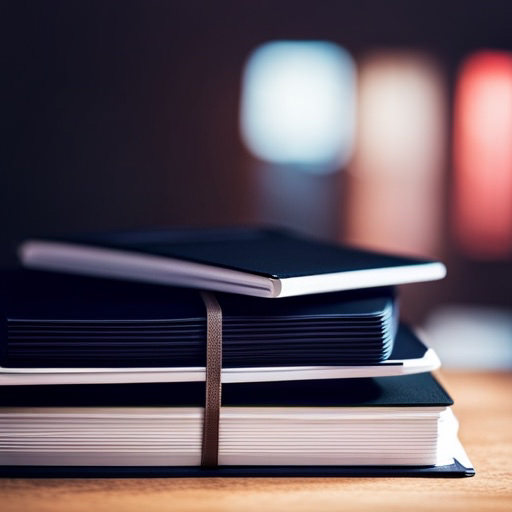There are a lot of sites now offering a service where an AI will write you a story, email or other text. Some have tuning options, others look for you to adjust your request till you get what you were looking for. For writing greeting cards, it will be a lot of time spent in an AI to write a couple sentences at most so it may not be worth your time.
A couple areas of greeting cards writing where an AI writing assistant may be handy are:
- When you need to write a lot of cards, for a group like office co-workers, where you want the text to be slightly different in case someone sees someone else’s card.
- When you want to be sure your few lines or perhaps a paragraph of text delivers the message you meant it to.
Both of those instances do not require a specially built service, you can use one of a couple well known popular services, ChatGPT or Claude AI. Both of these AI option provide you the tools you will need through their free offerings. For highly creative or very long writing, you may choose to go with their monthly subscription ‘Pro’ or ‘Plus’ offerings.

For writing the text of a few cards. This is a basic prompt you can paste in:
Please provide 10 one sentence greeting ideas I could write in a card to coworkers. The ideas should be positive, friendly greetings wishing them well.
Always ask for more options than you actually need as inevitably there will be a few that don’t match your needs. You may want longer options than one sentence, you can say ‘several sentences’, ‘a paragraph’ or similar. When using ‘a paragraph’, there are different feelings on how long a paragraph is so you may need to say ‘a short paragraph’ to test with. You can tune that prompt with a group other than ‘coworkers’, replacing it with ‘fellow churchgoers’, or ‘distant family members’. You can also add something around a particular event, time or year, or location to help the AI tie the text to your needs.
For longer cards or a newsletter, even if you don’t plan on using an AI to create your text, it can also check your writing. This is handy for grammar as well as understanding. For grammar, use a prompt like:
Check my text for proper grammar and punctuation, please make suggestions: Then paste your text in after the prompt in the same text box.
Sometimes, something makes perfect sense as you write or read, but does it to someone else. A handy step is to ask the AI to ‘rewrite my text:’ then paste your text in after that in the same box. This will result in a similar but different text to what you wrote. Which you can read to see if you mean something in the positive but the AI read and rewrote it as a negative or in question. Which, a person you sent the text to may have done the same. You now have the info to edit your text to make it more clear.
For the creation of new ideas or rewriting your text, you can very the voice that the AI writes in. As in my example of the 10 greeting card options, I said it should be positive and friendly. That could also, or instead, be a particular writer or actor’s style. Perhaps your cards could use a bit of a Shaksperian or event a particular era style. Do this by adding to your prompt:
In the style of [replace this with who/when style you would like to use].
One of the challenges of writing a yearly newsletter or a couple paragraphs that your sending in a greeting card is getting it to fit. Like with the request to have the AI create a single sentence or a paragraph, you can also ask the AI to shorten or lengthen what you have written. Always double check what it writes to be sure it is in a tone you would use and still have the message you intended. If it is slightly off the mark, edit the text the AI provided prior to using rather than asking the AI to try and try again. While the AI is happy to keep fine tuning with each request, you doing a few tiny tweaks on your own will make the resulting message be more personal and in your true style.
Please note that if you purchase from clicking on the link, some will result in us getting a tiny bit of that sale to help keep this site going.









